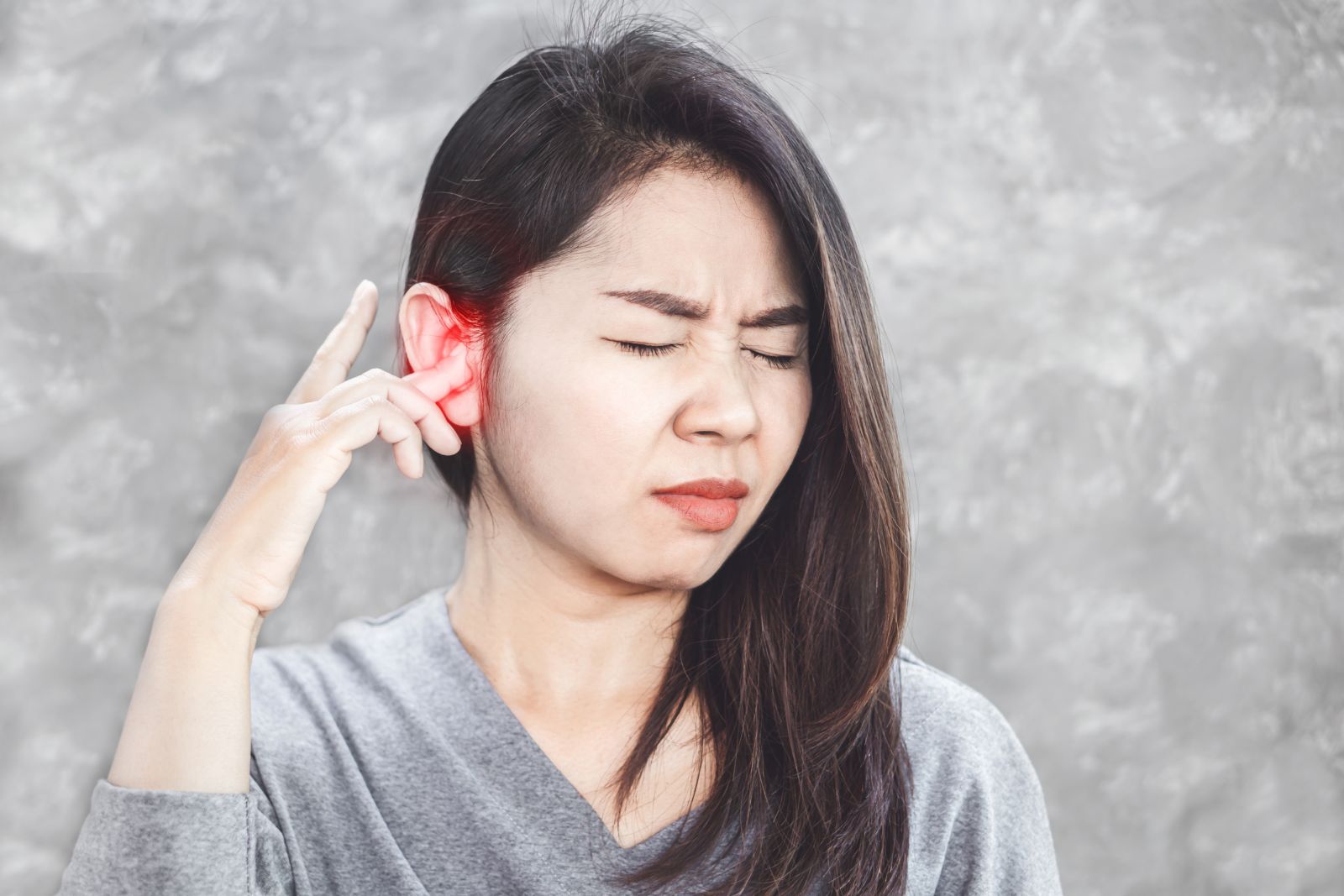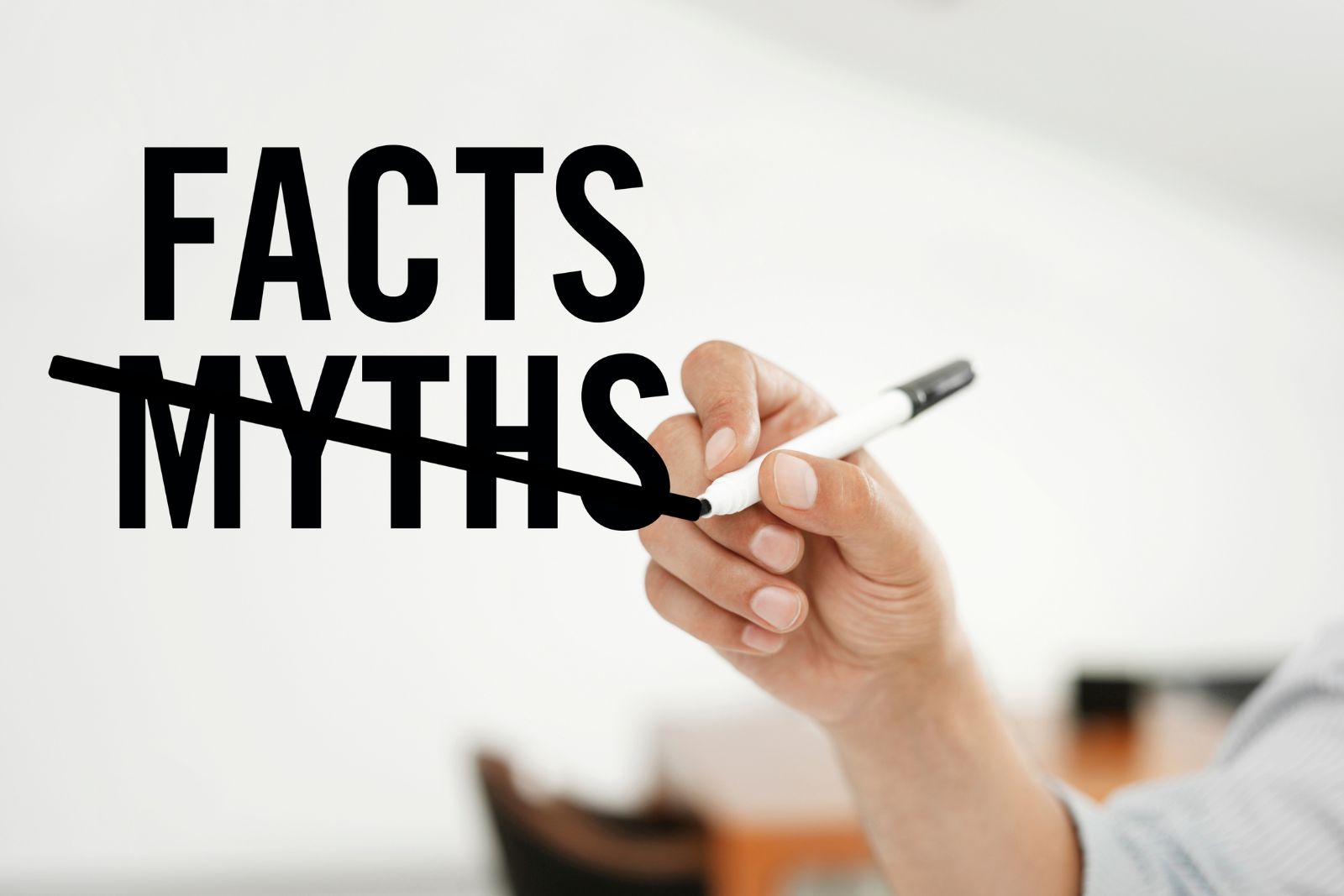Modern hearing technology is truly amazing. Some devices are so small they’re practically invisible, others are waterproof, and most have advanced features that allow you to stream music and phone calls directly to your ears. But how did we get here? Through thousands of years of scientific innovation! Take a walk through the halls of hearing aid history to learn more about the evolution of hearing technology.
Prehistory
Humans have been trying to cure hearing loss since at least 1550 BC. The condition is referenced in ancient Egyptian manuscripts, and later on, ancient Greeks and Romans offered their own remedies for deafness. These usually involved various medicinal concoctions and the occasional object inserted into the ear canal. Definitely not the recommended treatment these days!
1200s
By the 13th century, rudimentary hearing instruments were crafted from hollowed-out animal horns. Since they couldn’t amplify sound, they weren’t very effective, but funnel-shaped objects would serve as the dominant form of hearing aid for the next few centuries.
1600s
The first officially recognized hearing aid appeared in the 17th century. Known as ear trumpets, these devices worked the same way as animal horns — by funneling sound waves to the ear. They came in a variety of shapes, sizes, and materials.
1700s–1800s
Collapsible ear trumpets hit the scene in the 18th century, making hearing aids more portable. They were often custom made for specific people and were becoming more commonplace. By the 19th century, ear trumpets were being commercially produced alongside other hearing devices such as hearing fans and speaking tubes. Ludwig van Beethoven owned multiple custom ear trumpets and used them for years. They’re on display at the Beethoven Museum in Bonn, Germany.
1900s
The invention of the carbon microphone in 1878 led to the development of several electric hearing devices in the early 20th century. These devices helped amplify voices, which the listener would hear through a speaker held at their ear. They were large and unwieldy, but the door to modern hearing technology was open, and hearing aids would advance very quickly from then on.
1920s
Developments in vacuum-tube technology starting in the 1920s led to lower-voltage, battery-powered hearing devices that were still bulky but small enough to be worn on the body. Vacuum tubes vastly increased the amount of amplification available in hearing aids, making it possible to treat greater degrees of hearing loss.
1940s
Vacuum tubes were replaced by transistors in the mid-20th century, leading to pocket-sized, lighter-weight hearing aids. Amplification was still pretty basic and couldn’t yet be customized to the user’s hearing loss, but miniaturization meant that more people found hearing aids convenient enough to try.
1970s–1980s
The arrival of microprocessors in the 1970s miniaturized hearing aids even more, and wearable analog devices were common throughout the decade. They were simple and equally amplified all sounds — including potentially unwanted noise — but some could be programmed for different listening situations. Analog devices became hybrid devices, and finally, the first fully digital hearing aid was created at the City University of New York in 1982. It wouldn’t become a commercially available technology until the 1990s, but it was the breakthrough that led to the hearing aids we know today.
1990s–Present Day
1996 is the year hearing tech officially went digital. Improvements to their design and functionality made them more powerful and comfortable, and now these devices provide more sonic customization than ever before. Streaming, adjusting automatically to specific environments, filtering out background noise, and detecting falls are just some of the features you can expect in a contemporary hearing aid, and they’re continuing to evolve.
Excited about the marvels of current hearing technology? So are we, and we’d love to share the magic of better hearing with you! Contact us today for a demo of the latest hearing devices and see what hearing tech can do for you.



